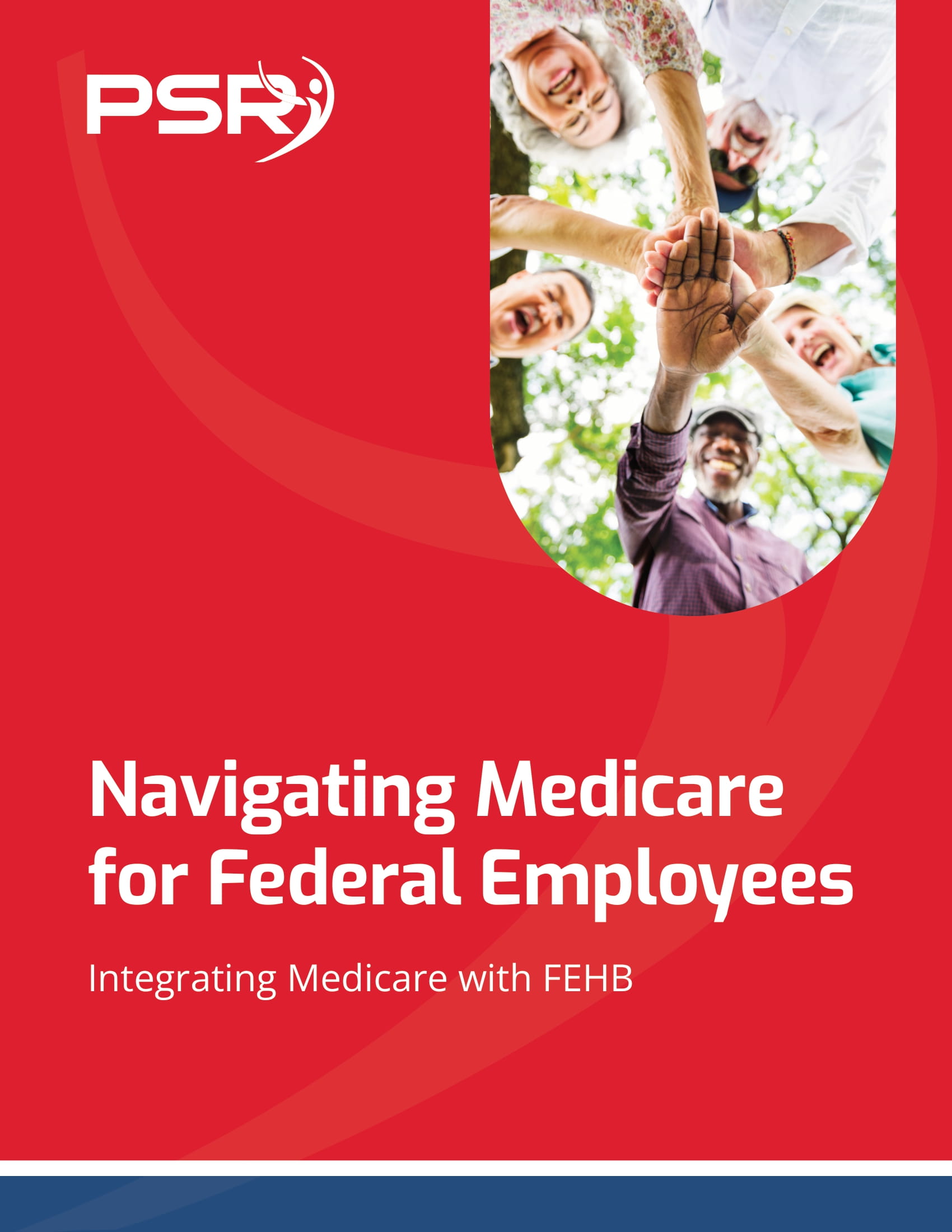[vc_row][vc_column width=”2/3″ el_class=”section section1″][vc_column_text]Final numbers are in on military folks who switched over into the new Blended Retirement System (BRS) by the Department of Defense. This was during a long opt-in period that ran through Dec. 31. The results defied the forecasting tools depended on by the department as the results came in lower than expected. In addition was relied upon by the military compensation and retirement modernization commission, to project from the new plan budget savings.
Singular effectiveness of the Marine Corps’ approach in deepening member interest in the BRS, has been shown by the Opt-in rate across service branches. They rely more on vigor and youth and hence fewer careerists. 59.4 percent equivalent to 84,324 active duty marines opted into the BRS. Doubling the rate of almost every other service.
- Also Read: Special Retirement Groups Face New Timelines—Don’t Miss Your Critical Retirement Window
- Also Read: FEHB Premiums Are Up—Here’s What You Can Do Without Losing Coverage
- Also Read: Forgetting to Elect a Survivor Benefit Can Leave Your Spouse Without a Penny
BRS also put out a requirement that the services offer an Opt-in chance to any active duty member who has had less than 12 years in service as of Dec. 31, 2019. In addition, the law also required that the services educate their pool of eligible members on full details of the legacy plan.
No service had set a target or goal for the number of members who should opt into the BRS. It solely depends on individual personal career goals, opportunities, and circumstance as to whether it’s the right choice. Over 1.6 million members received training. In addition, they also had access to an online calculator to compare plan values as well as financial counselors. A social media platform was also set up and won recognition as the best in government.
Only 14 percent of reserve component and 19 percent of active duty force on average serve 20 years to quality of a lifetime annuity. Yet 85 percent will leave with a retirement benefit of some sort once BRS is fully implemented.
The Retirement Modernization Commission, as well as Department of Defense, heavily relied on a computer software designed to predict decision behavior. It has been very effective in predicting retention rates of personnel offered rates among other cash incentives for years.
However, it did not work as well in predicting how many service members would switch to the BRS. In its defense, the model was not designed for this kind of behavior. Even though the opt-in for most f the eligible members, some qualify for time extensions. This includes members who are still cadets or midshipmen, members with a date of entry on Dec. 31, 1017, or before and those who did not have at the very least 30 days in 2018 to make an Opt-in decision. In addition, some will be given more time because of special circumstances or family hardships.[/vc_column_text][/vc_column][vc_column width=”1/3″][vc_single_image image=”34127″ img_size=”292×285″ style=”vc_box_shadow”][/vc_column][/vc_row]









